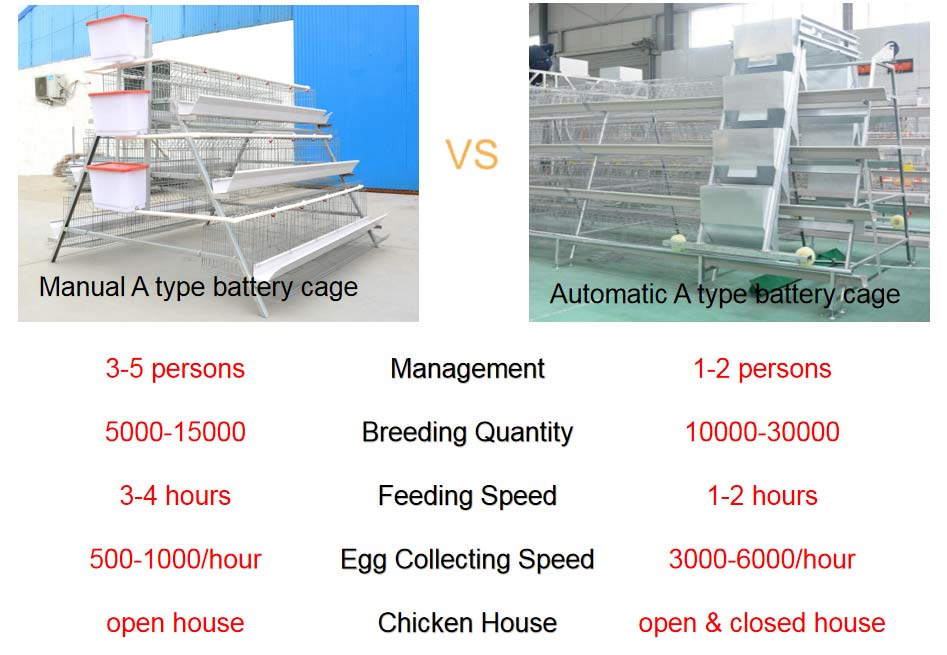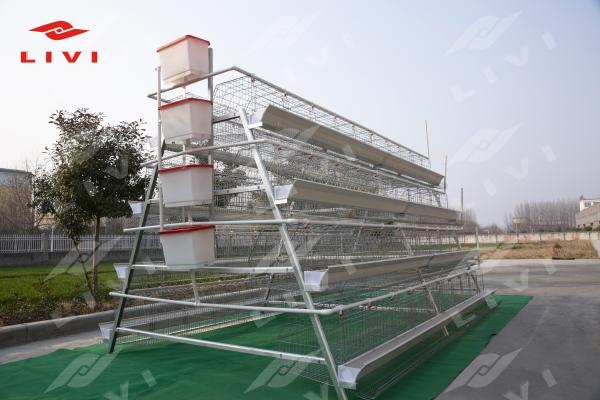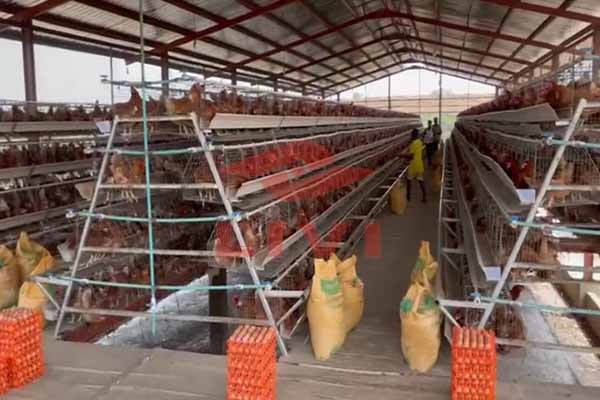
The poultry farming industry faces persistent challenges in improving efficiency while maintaining animal welfare and operational ease. Traditional methods sometimes fall short in meeting the growing demand for high-quality egg production with minimal labor and cost. Here, adopting advanced yet practical equipment plays a crucial role in transforming daily operations. The Livi Layer Chicken Cage system emerges as a game-changer, designed specifically to enhance productivity, simplify management, and maximize profitability for poultry farmers worldwide.
One of the standout features of the Livi layer chicken cage is its sophisticated automation system. It integrates an efficient egg collection mechanism that gently conveys eggs from multiple tiers to a centralized collection point, dramatically reducing egg breakage and labor costs. Similarly, the automated manure cleaning system keeps cages hygienic by swiftly removing waste without disturbing the chickens. This setup not only improves the living environment but also reduces disease risk and maintenance downtime.
Maintaining these systems is straightforward. Regular daily checks on conveyor belt alignment and motor functionality prevent operational hiccups. A quick wipe-down of sensors and moving parts after each production cycle sustains smooth performance. Common issues like belt misalignment or sensor blockage can be resolved promptly by following the provided troubleshooting guides, ensuring uninterrupted productivity.

The Livi system utilizes an innovative H-shaped structure to optimize space utilization, ventilation, and lighting, tailored for both small family farms and large-scale commercial operations. This design provides easy access for feeding, health checks, and equipment maintenance, helping farmers streamline daily routines.
For example, a mid-sized poultry farm managing 5,000 layers reported a 20% increase in egg production efficiency after restructuring their layout using Livi’s H-type cages. In contrast, a large farm with 20,000 layers successfully reduced labor costs by 30% and enhanced biosecurity standards simultaneously, showcasing the adaptability of the layout.

Consistent daily inspections of essential parts such as conveyor belts, motor drives, egg collection trays, and waste removal components are vital for maintaining high efficiency. Farmers are encouraged to adopt simple checklists verifying smooth mechanical operations, cleanliness, and wear signs. Checking for loose bolts, lubrication points, and electrical connectivity prevents unexpected breakdowns.
Scheduled preventative maintenance every month reinforces system reliability and extends equipment lifecycle, creating long-term cost savings and stable production.

Across continents, farmers adopting Livi layer chicken cages report measurable benefits. A Nigerian poultry farmer operating 20,000 layers witnessed a 25% boost in egg yield within the first six months of installing Livi cages. This was attributed to improved hen welfare through better ventilation and reduced stress due to the optimized cage design.
Similarly, a European medium-scale farm cut down labor hours by 35% by leveraging the automation features, allowing the workforce to focus on higher-level management tasks. Such results underline the reliability and effectiveness of Livi chicken cages in diverse environments and scales.
Investing in quality equipment like Livi layer chicken cages is instrumental in meeting today’s poultry farming challenges head-on. By automating critical stages and optimizing layout, farmers can not only increase production efficiency but also promote better flock health and reduce management complexity.

